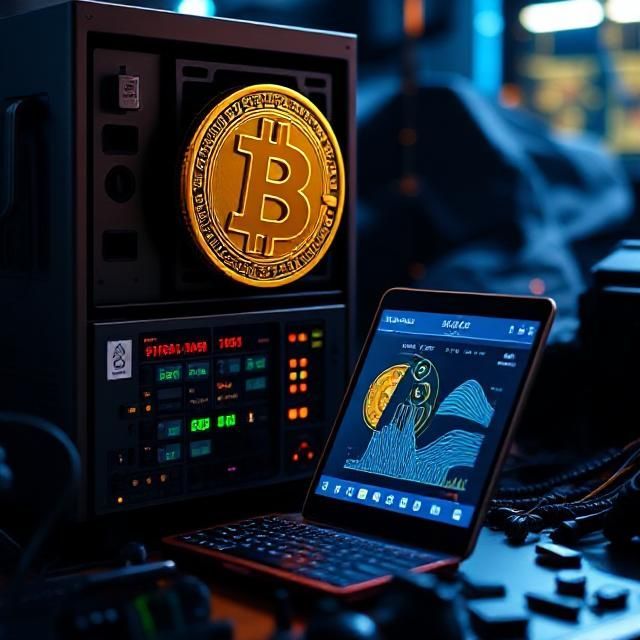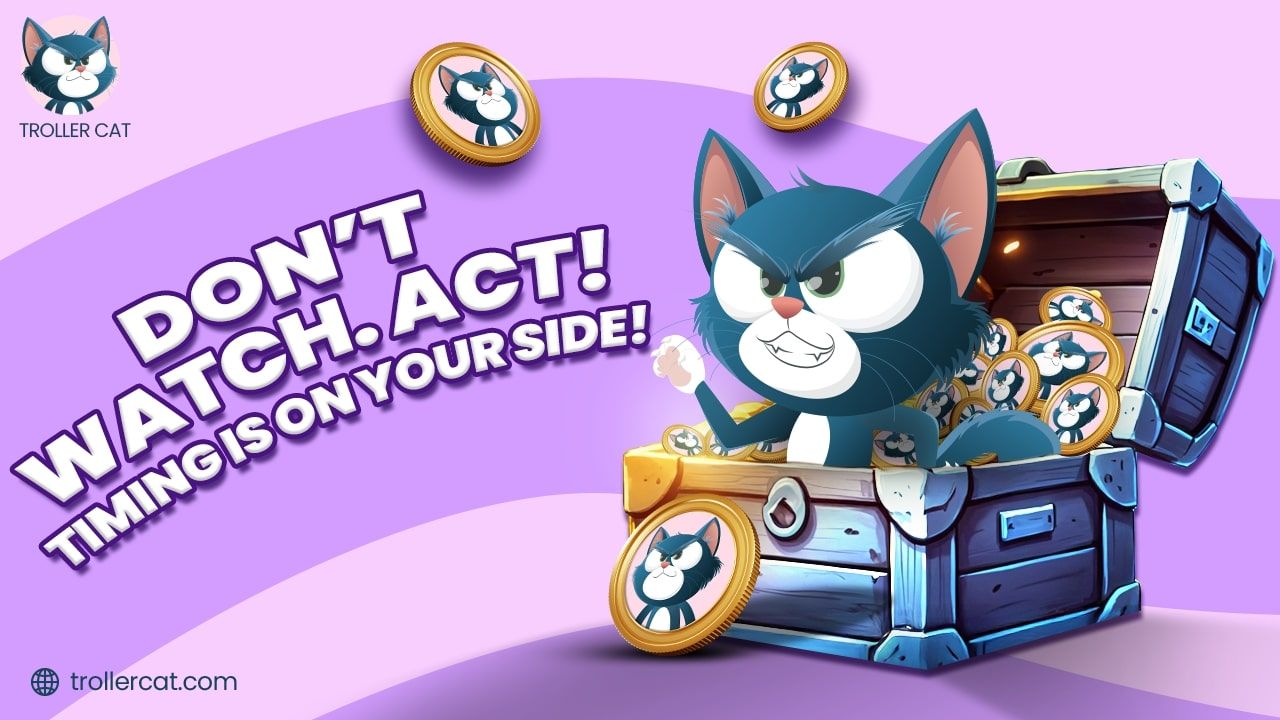A Review of DASH
From Pseudonymous to Anonymous
With the advent of Bitcoin in 2008, the global financial system saw a major paradigm shift. Maybe it was not as evident back then as it is now, but by springing into existence, bitcoin didn’t just manage to tickle the dopamine cells of some online nerd group but, in the long run, promised to shake the roots of the entire system. Experimentation into this newly born consensus protocol and decentralized management system , i.e., bitcoin’s blockchain, made people realize the endless possibilities it carried. Suddenly, it wasn’t just a collectible on the internet, but a full-fledged protocol for application stacking, money (fortunately or unfortunately) being the first of them.
One such niche experiment was the thought of the anonymization of data flow. It was clear that no matter how much potential Bitcoin carried, it was evidently and eventually traceable. Maybe not directly, but indirectly through gateway checks and data cumulation. Bitcoin was definitely pseudonymous but not anonymous; a character that was seen as a threat by great number of people. That line of thought is what pushed developers forward to a protocol to value privacy as one of the inherent features. That’s what eventually lead to Dash.
The First True DAO
Starting as Xcoin, then changing to DarkCoin before eventually settling on to what it is today, Dash was formed in 2014 by Evan Duffield who envisioned a protocol that was open, userfriendly, scalable and most importantly valued privacy over everything else. Originally forking from Bitcoin’s source code, it didn’t take Dash long to have an autonomy and identity of its own. Eventually, Dash had managed to develop a self-regulating committee and budgeting management system to help in the everyday activities and upgrades, and push the collective vision forward. This made Dash one of the first truly functioning Decentralized Autonomous Organization (DAO).
The Dash Core Team, who are responsible for maintaining and functioning the ecosystem, handles all proposals and tasks through an innovative mechanism that puts the network nodes at the center. The Masternodes , as they are called, act as gatekeepers and governors of the Dash network. Each Masternode, depending upon their stake, is given the right to take part in the activities of the network. All governance within the network is handled through the decentralized mechanism with the community pushing proposals, miners securing the network, and finally nodes evaluating the proposal through their voting rights. Proposals once approved, are funded by the Dash Treasury Fund.
“…. anyone with good ideas and ambition can contribute to [Dash’s] growth” – Ryan Taylor, CEO Dash Core
Miner and Node Symbiosis
One of the prominent characteristics of the Dash ecosystem is its ability to incentivize all community participants. The incentivization mechanism acts as a double-down journey towards growth as it mandates all participants; the miners, nodes, and hodlers to act in the best interest of the community because of their vested interest. In turn, they reap the rewards of remuneration and unit price increase. Built on the principle of improving on Bitcoin, Dash has certainly not been a dissapointment. On the Bitcoin protocol, a sort of hierarchal approach comes builtin, that incentivizes the miners alone for securing the blockchain, and doesn’t pay much attention to the nodes, governance communities, enthusiasts or regular hodlers. Thus, directly or indirectly, the vision of the network is influenced heavily by the miners as they have the most to lose.
On the other hand, there exists a symbiotic relationship between the miners and the masternodes. The miners depend on the masternodes to help in administering, governing and ensuring the community stays alive, while the Masternodes depends on the Miners to cement their decisions verify transactions and eventually secure the entire blockchain. Both the miners and Masternode get to make decisions on how to distribute the Dash Treasury, a wallet funded directly by new Dash mined from each block. The Dash Treasury is maintained to fund administrative and governance activities with the aim to improve the capabilities of the blockchain. Anyone from Developers, Marketers, Projects managers, and other third-party participants are paid from the Fund.
Technical Details – Name: Dash – Digital Cash (Formerly XCoin, later DarkCoin)
- Consensus Algorithm: X11
- Block Time: 2.6 minutes
- Block Size: 2MB
- Block Rewards: 3.11 Dash per block (45% to miners, 45% to masternodes, 10% to Dash Treasury)
- Minimum Stake: 1000 Dash
- Maximum Supply: 18,900,000 Dash
Features
Masternodes are a second layers governance mechanism built on top of the Dash protocol to manage the daily functioning of the network. In essence, Masternodes are just like a regular nodes, but with an incentive attached. On the bitcoin blockchain, a miner gets rewarded to provide computation power to the network and help secure it. But the nodes, who keep a copy of the blockchain at any given moment, secure and reverify the transactions, and share the copy with other nearby nodes get no real incentive to do what they do. If someone wants to be a node, they do it because they want to, rather than being incentivized for it. That is not the case for Dash, where nodes are given as much importance as the miners.
The Dash protocol requires a minimum of 1000 Dash to be staked on the network for anyone to become a masternode. This makes the node holder to have vested interest in the network, leading to greater involvement in the governance of the protocol. Each masternode is given a voting right which they get to utilize by either voting for or against any proposal that is brought forward. Once the proposals are agreed upon, they are funded by the Dash Treasury Fund, which is also overseen by the Masternodes. Other than that, as they are a second layer protocol, Masternodes can also allow several application to be built on top of them. InstantSend and PrivateSend being some of them.
Source: http://178.254.23.111/~pub/Dash/Dash_Info.html
InstantSend
InstantSend is an application built on the Dash protocol that allows motivated users to bypass the 2.6 minute block time and send the funds instantly. For an extra fee, InstantSend allows almost instant propagation of value and data by asking the masternodes to virtually ‘lock’ the input until the next block is mined. This is done to prevent double spend. The Dash website claims that it takes about 1 second or less to send transactions through InstantSend.
PrivateSend
PrivateSend may just be the most used feature of the protocol. Cementing its stance on maintaining Privacy, the PrivateSend option uses a mixing strategy that chooses a set of random masternodes, when needed, and asks them to bounce certain transactions around so that it cannot be traced back to the original source. By using PrivateSend, any outside party will not be able to determine where the funds had been received and where it will eventually go. It is considered a mathematical impossibility by the developers of the Dash committee.
Price Analysis
Ever since the 2017 bull run Dash has been closely following the footsteps of its predecessor, Bitcoin. Charts clearly indicate that it has been on a downward trajectory from its all time high for quite a while now . But, as anyone in the crypto-community knows, this isn’t the end of the road. The game has just begun.
An analysis into the technicalities of Dash coin shows an immense breakout waiting to pan out. July 2019 saw the highest volume for Dash ever. As stated above, the market supply of Dash has been capped at 18,000,000 Dash, out of which 9,060,613 have already been mined at the time of writing. As the name catches on, an increase in the number of miners and masternodes can be expected. This will lead to a huge portion of the supply locked as stake, thus limiting the market supply of Dash. If all goes according to plan, if application are rolled out timely, if the community keeps growing stronger and most importantly if adoption rises steadily, an exponential increase in demand. Basic economics tell us that if the number of users coming increase crosses the number of new currency creation, prices are expected to shoot up. At the time of writing. the price of Dash is $70.46, affected by the recent market decrease. It is worth mentioning that the all time high at $1510 in January 2018, meaning the price has to increase at least 15 fold before breaking previous records.
Future Advancements
– The ‘Evolution’ of Dash
In close collaboration with the Arizona State University, the Dash Core team has settled on a new road map for the Dash Ecosystem. The ‘Evolution’ as is it called, was rolled out in Q1 of 2019 with a vision to break out from Bitcoin’s original source code to allow the development of more scalable and adaptive application. The Dash Core committee was under immense pressure for months for pushing the release of Evolution time and again and keeping the development closed and private rather than open-sourcing the code.
Evolution is a set of repositories, that is distributed into three parts; the Dash Platform, Dash Core and DashPay Wallet. Evolution is a layout on how the Dash community plans to lead the development of Dash in the future. The draft roadmap released in Q4 of 2018 envisions a base layer update which could increase the capabilities of the protocol to a much higher scale. It seemed like the community wanted to dust off the baggage brought in from borrowing Bitcoin’s original source code. Thanks to the blockchain’s considerable reach and use, the core committee deemed it best to rebuild the protocol from scratch as the means and resources were now available.
At the time of writing, the DashEvolution GitHub page had 53 repositories onine, among which include the Drive, DAPI, Wallet and other code hallows to allow the community to experiment and build as per their discretion.
– DAPIs
API or Application Program Interface is a set of protocols that have pre-defined rules configured and execute accordingly as per input. APIs in today’s world are highly influential as they allow interlinking of innumerable application with each other. For eg: APIs on your devices touch screen detect the solid movements and translate them into software code; APIs provided YahooFinance’s site connect exchanges to traders by showing realtime data and so on.
Dash, recognizing that APIs today can be manipulated to get desired outcome, plan to introduce the concept of DAPIs or Decentralized APIs. DAPIs will allow for greater reliability and flexibility, and eventually will replace the traditional means of application linkage. A Dapp environment will need a DAPI protocol to allow for interoperability.
– Username based addresses
Username based addresses have been in continuous discussion within the Dash community for a while now. The basic idea is to do away with the long and confusing wallet addresses currently in use and assign a username to each user which will also act as their wallet and identity on the blockchain, much like the Steem blockchain. Username based addresses could also lower the barrier of adoption as it could be easily be perceived by the general non-technical audience who have no clue about the repercussion of losing or misplacing a single character of the hexadecimal wallet address.
Resources:
• Dash – Wikipedia
• Dash.org
• Features – Dash
• r/Dashpay – Reddit
• Whitepaper – Dash
• Dash – Evolution
The post A Review of DASH appeared first on Crypto Adventure.





